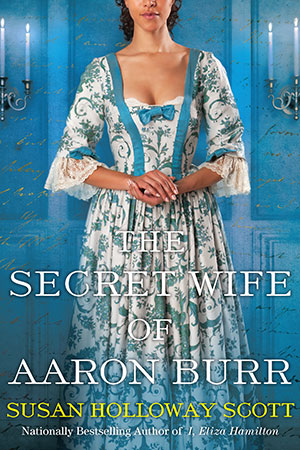Breakfast Links are served - our weekly round-up of fav links to other web sites, articles, blogs, and images via Twitter.
• The parachute wedding dresses of World War Two brides.
• Winged skulls and hot air balloons: the unusual grave of Etienne-Gaspard Robert, pioneer of phantasmagoria.
• What's in my bag, 1890s Montreal edition.
• Speculating about the appearance of Elizabeth I through dress reconstruction.
• Let them eat stale bread: the diet of the poor in Regency England.
• Image: Scrap album fancy dress, 1893.
• Victorian and Edwardian lingerie pin-ups.
• While John Adams was in Philadelphia in 1776, Abigail Adams wrote this letter to him with news of having their children (and herself) inoculated against smallpox.
• Canines and crinolines: Victorian dogs confined by fashion.
• Image: A 17thc recipe for "an approved Elixir for the recovery of health in those that have longe languished."
• A 1936 junior miss suit with a lot to say.
• Read this 1891 booklet online: Don't Marry; or, Advice as to Who, How, and When to Marry.
• George Washington's favorite horse, Nelson.
• The children of World War One in photographs.
• The mirrors (or not) behind Rembrandt's self-portraits.
• The high cost of life for Europeans in India.
• New York man finds enslaved ancestor's bill of sale, 220 years ago.
• Image: Author Charlotte Bronte was only 4'10". Here's her bodice and her gloves.
• Modish dresses, modesty, and Napoleon's brother, 1815.
• How a Dutch fabric-maker became the father of microbiology.
• Nathaniel Hawthorne and the Fountain of Youth.
• The first Indian restaurant in London, 1810.
• Dress made from World War Two silk escape maps.
• Who was luckiest in the American Revolution?
• Just for fun: An oldie but goodie: copywriter proofreading marks explained.
Hungry for more? Follow us on Twitter @2nerdyhistgirls for fresh updates daily.
Above: At Breakfast by Laurits Andersen Ring. Private collection.
Laws Concerning Women in 1th-Century Georgia
10 months ago












 One of us --
One of us -- 


